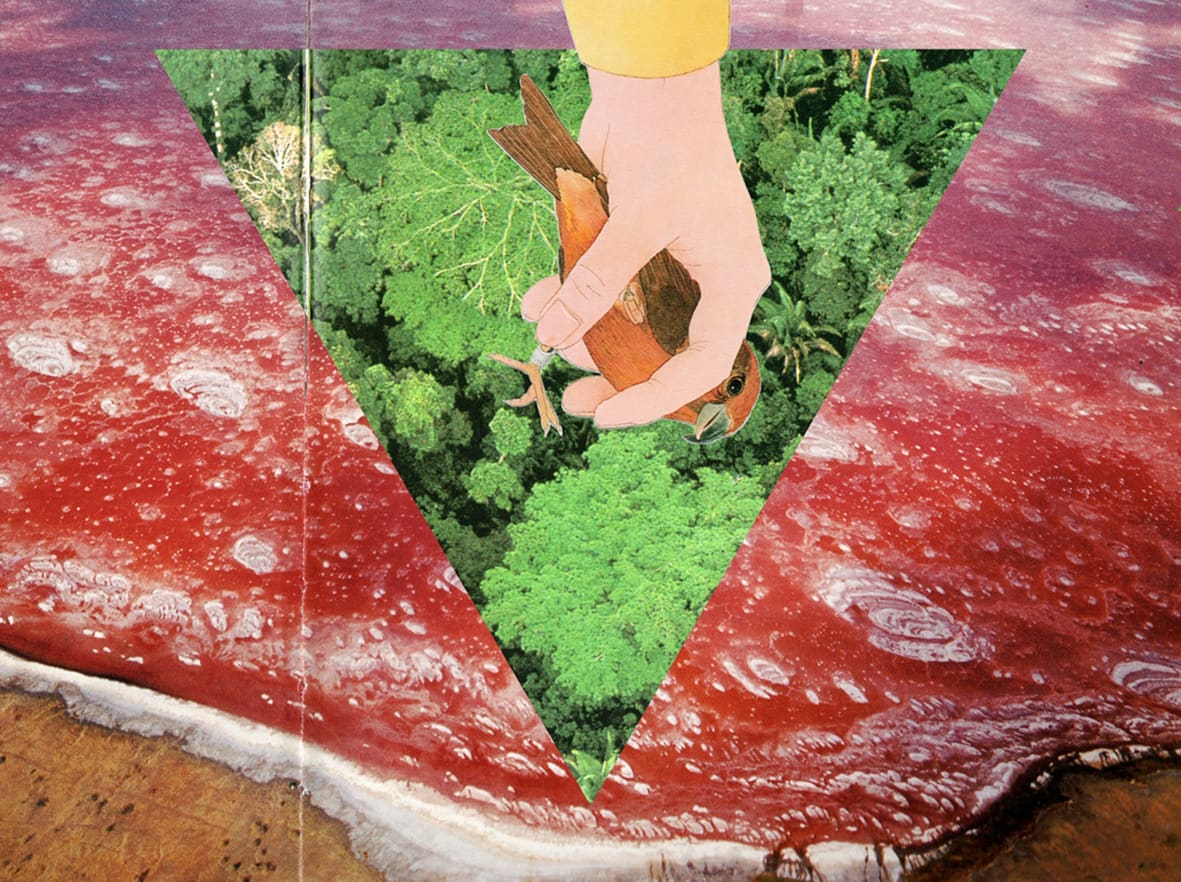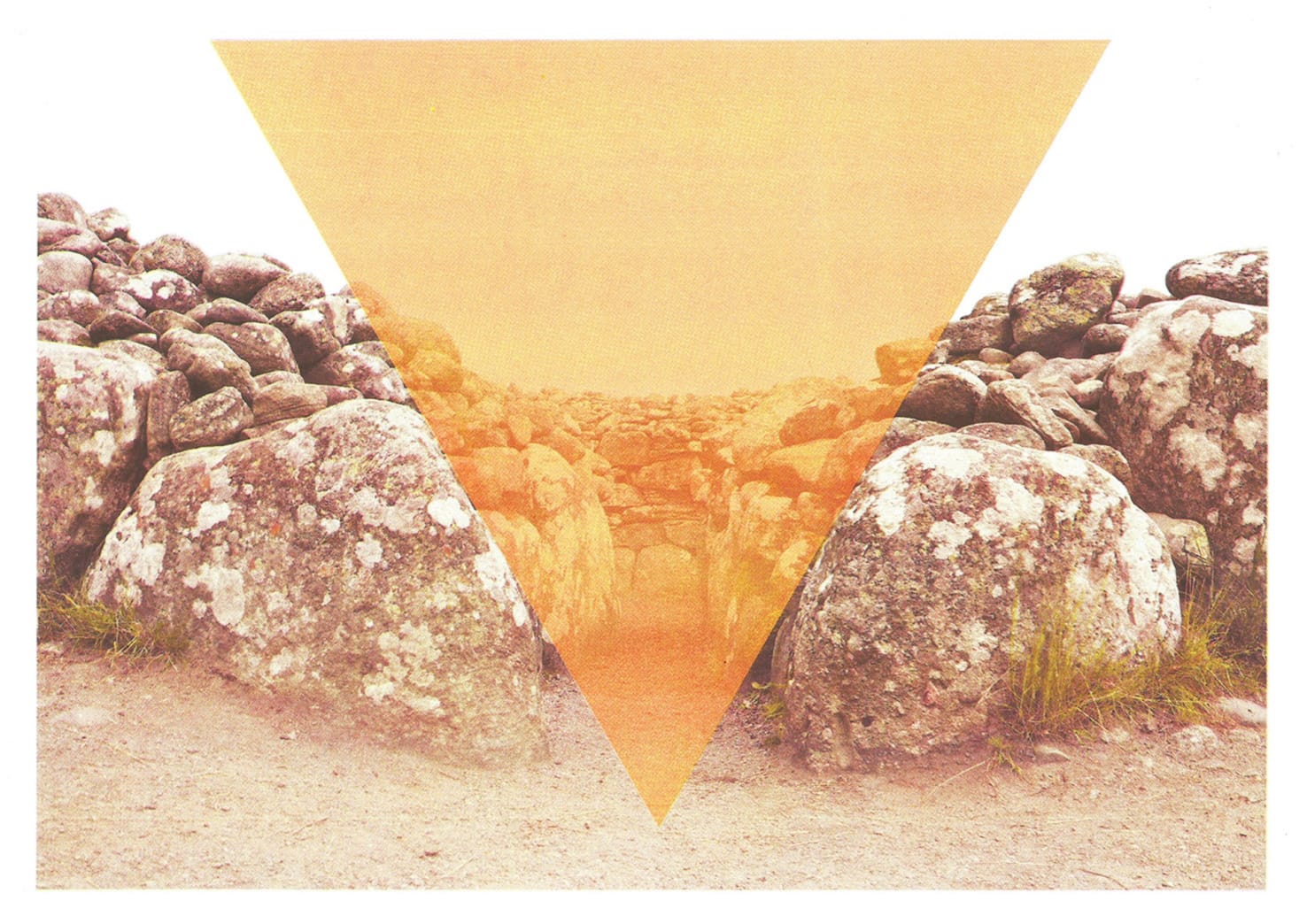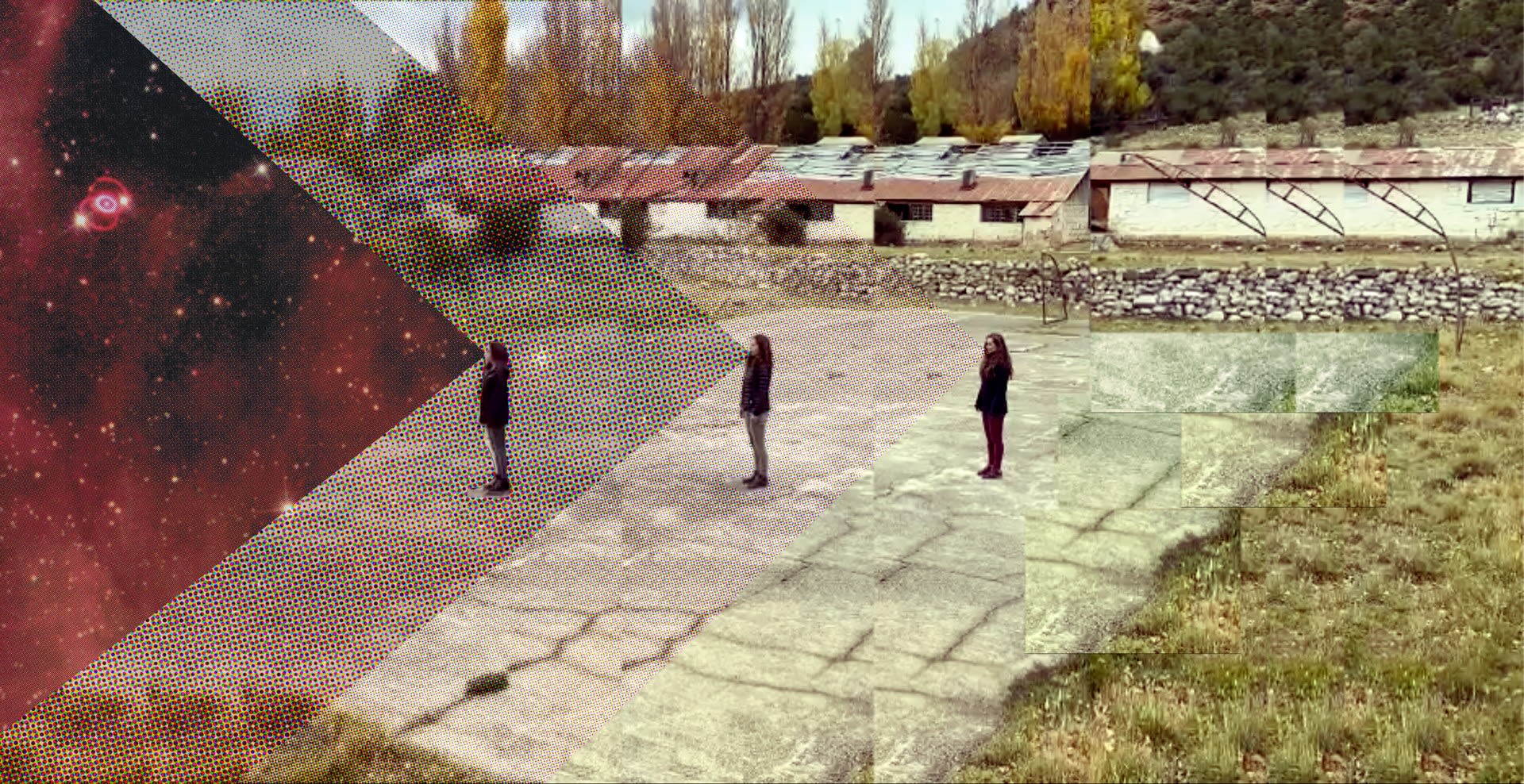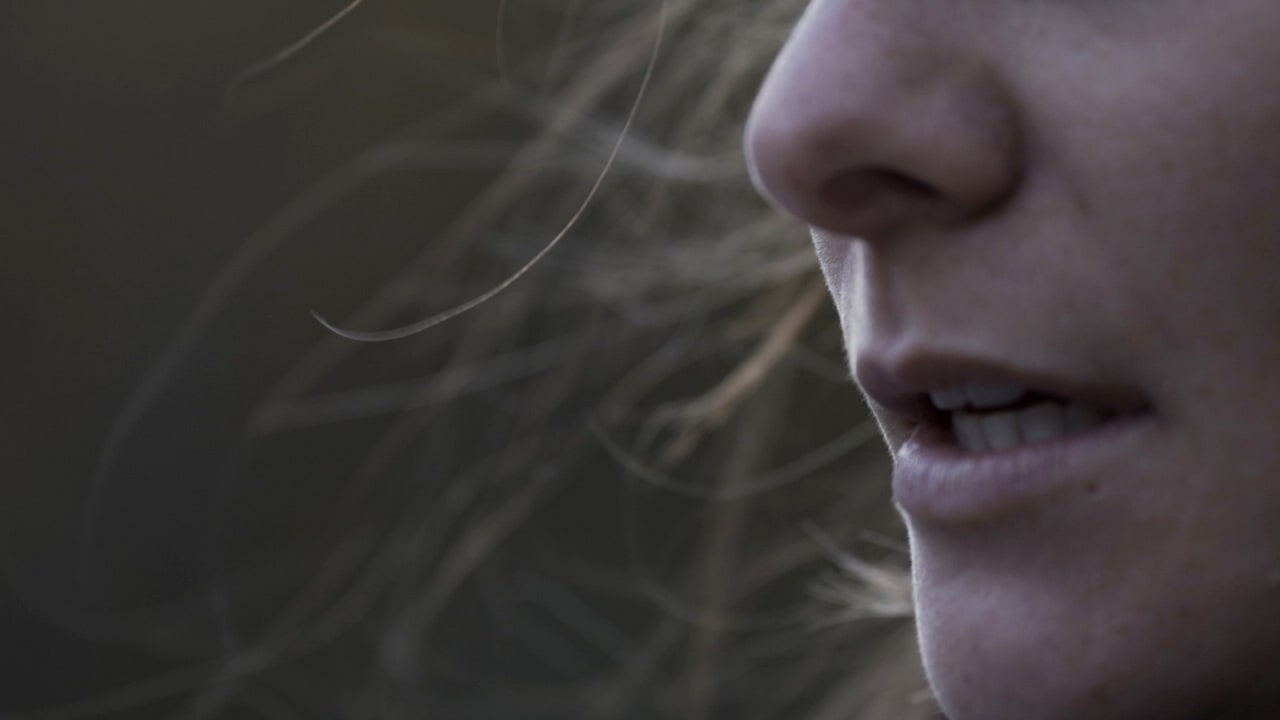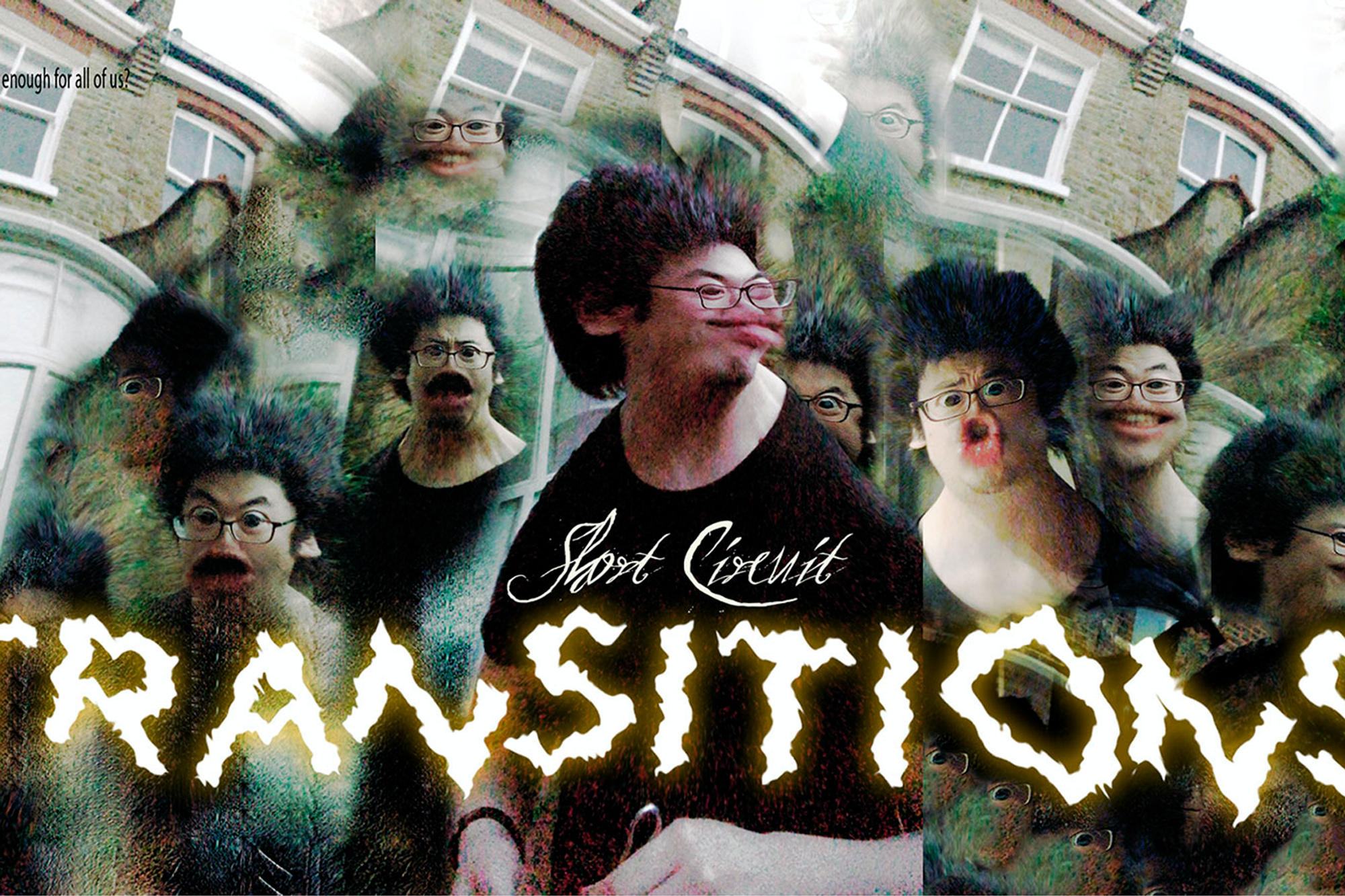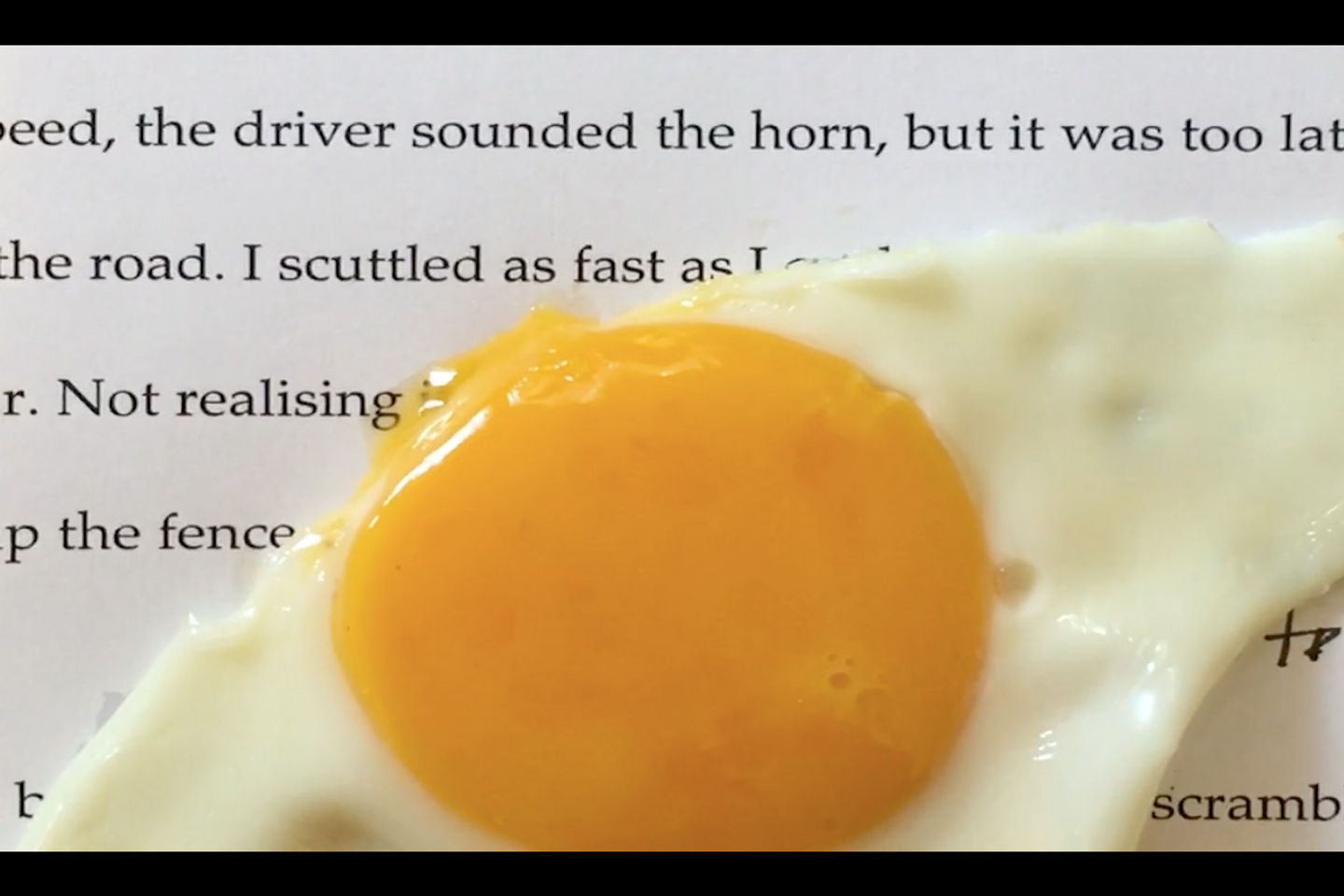Other white mixed background is a video work articulated as a fluid visual essay that critically reflects upon hegemonic, patriarchal histories in Latin-America. By assembling a range of fragmented histories from oral storytelling, from the unconscious, the landscape experience and my own family archives, her-stories are remembered and preserved, while being retold and transformed as a decolonized gesture towards trans-generational power structures.
This work has been greatly informed by the writings of Julia Kristeva (“The Powers of horror, An essay on Abjection”, 1980), Rosi Braidotti (“Nomadic Subjects”, 2011) and Lucy Lippard (“Overlay, Contemporary Art and the Art of Prehistory”, 1983). Also, by “Riddles of the Sphinx” by Laura Mulvey and Peter Wollen.
Other white mixed background's starting point was Marija Gimbutas´ research on Neolithic sites, which she claims were builded from a female-centered perspective: “Old European village sites are not remarkable for their defensive positions but were chosen for their convenient setting, good water and soil, and availability of animal pastures. Hill forts in inaccessible locations are not known to Old Europe, nor are daggers, spears, and halberds.” Gimbutas´ research proposes that “the primordial deity for our Paleolithic and Neolithic ancestors was female, reflecting the sovereignty of motherhood,” and that “the emphasis in these cultures was on technologies that nourished people's lives, in contrast to the androcratic focus on domination.”
Aiming to find new understandings for the traditional definitions of borders, belonging and sovereignty in my own genealogy, I reviewed the maternal figures in my life, as recommended by Virginia Woolf. I interviewed my great aunt, who is a psychoanalyst, and has lived outside of South America for decades. Conducting these interviews with her allowed me to integrate a different and complementary family narrative than the one I grew up with. During the time of these interviews, I was pursuing “alternative” forms of psychotherapy which involved methods like tarot readings, guided and generative meditations, writings and other practices, to unfold different layers of my matrilineal heritage, and unfold our transgenerational joys and traumas.
Combining these experiences I have developed a narrative of embodied speculation, entangling the stories of five generations into my own. The text in the video is spoken as a chorus by my sisters and me. And the images -first tried out as digital collages- come from family archives of my childhood, anatomy magazines, as well as from field recordings on Neolithic archaeological sites (UK) and from wild nature sites (Patagonia).





